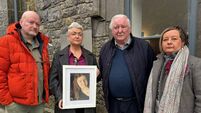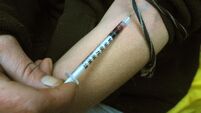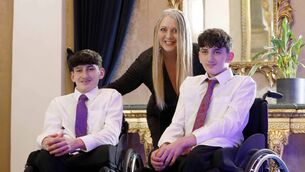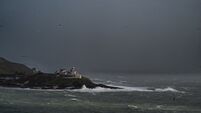Noise impact on whales and dolphins to be measured off west Cork
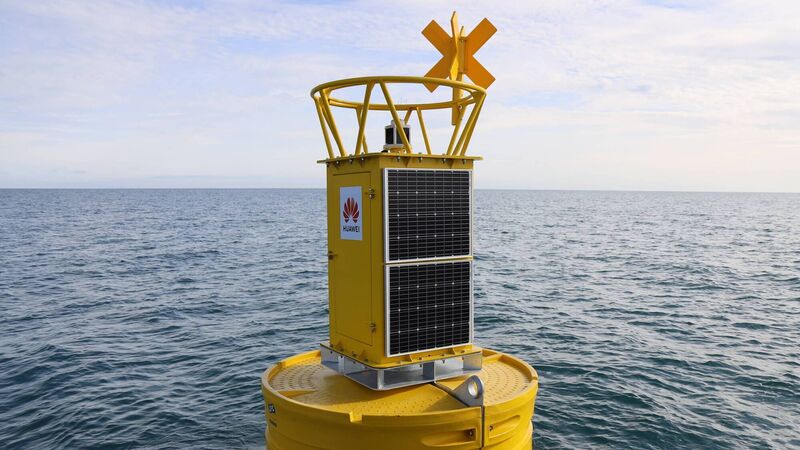
The massive 2 tonne, 13ft buoy which was dropped into the Celtic Sea off the coast of Baltimore, Co Cork, as part of Ireland’s first-ever real-time acoustic monitoring project of cetacean species (whales, dolphins and porpoise. Pictures: Robin Murray, Nomos
The coast off Baltimore in west Cork will serve as the scientific hotspot for a major project monitoring how noise impacts whales, dolphins, and porpoises.
The country’s first real-time acoustic monitoring project of cetacean species saw a 13-foot two-tonne buoy, specially designed for data gathering, deployed some 9km off the coast of Baltimore for the next year.
The Smart Whale Sounds project is being undertaken by Ocean Research and Conservation Association (ORCA) Ireland, a non-profit organisation based in Cork, in partnership with Rainforest Connection and supported by Huawei Ireland.
Lead researcher Emer Keaveney of ORCAIreland, who is a marine mammal ecologist, said: “Increased levels of marine traffic from container ships, pleasure boats, speedboats, and eco-tour operators has created a significant noise pollution issue.
“Sound pollution causes as much damage to marine life as overfishing, pollution and climate change, and is believed to cause behavioral changes that interfere with the health and survival of the animals."
ORCAIreland is a voluntary organisation that aims to enhance scientific knowledge and understanding of marine megafauna in Irish waters through conservation, research and education.
Ms Keaveney told the that it was a “brilliant opportunity” for Irish scientific research to lead the way globally, and an example of how technology can be utilised for environmental purposes.
An autonomous hydrophone, akin to an underwater microphone, will be attached to the buoy.
It will record whale species in real-time and train sophisticated machine learning models to identify different species calls, the researchers said.
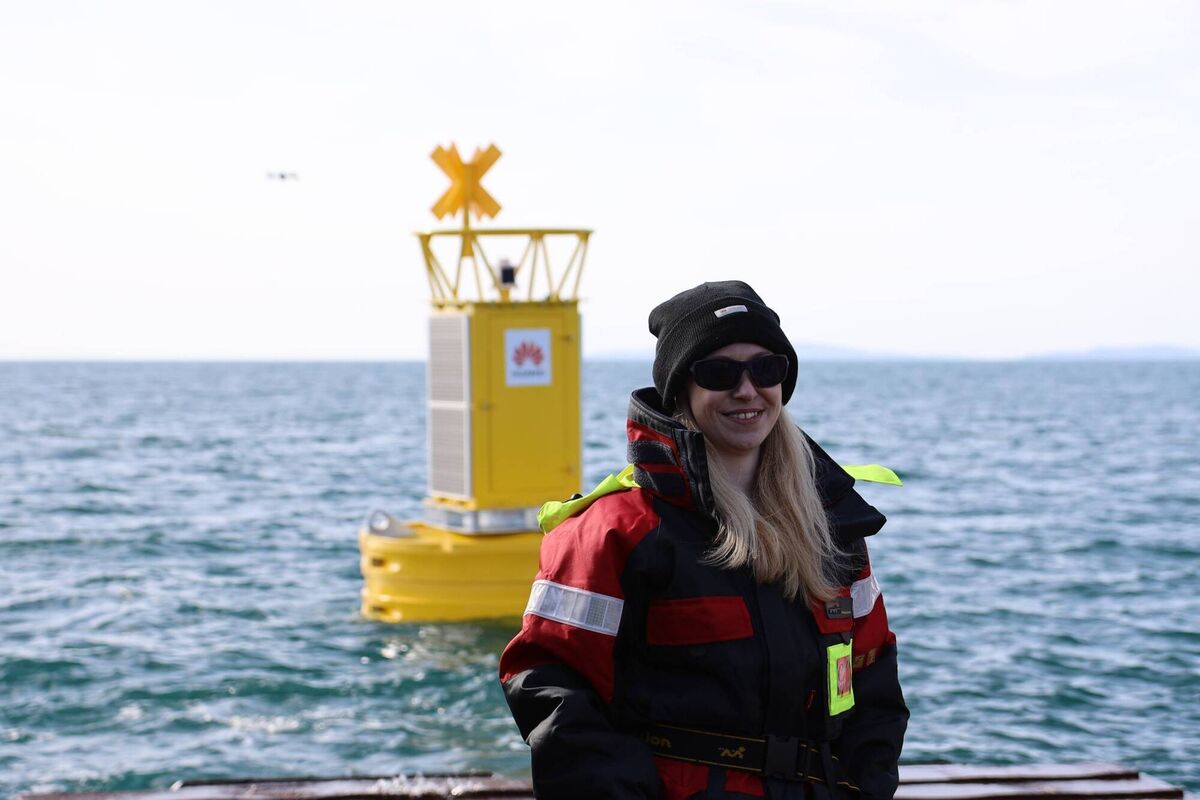
The data will be used to create a marine wildlife detection and classification model, which has the potential to be applied to other projects across the globe, they added.
Ireland is home to 25 species of resident and migratory cetaceans which account for 48% of all mammals found in Ireland, and one-third of all cetaceans found worldwide.
The south coast is said to be one of the world’s most important foraging, resting and reproductive habitats for cetacean species.
It will assist with the identification and classification of species in Irish waters, their distribution and behaviour, and how noise pollution is changing these patterns, they said.
The project even has the potential in the longer-term to assist the development of an early warning system for ships to reduce speed to avoid whale strikes.
Huawei Ireland will be providing technological support and assistance as part of its global Tech4All initiative.
It is the first Tech4All project to be launched in Ireland, and the first to focus on ocean and marine wildlife globally, Huawei Ireland said.
Rainforest Connection chief executive Topher White said: “No matter where we look on earth, life expresses and asserts itself through sound. There’s no better way to tap into the subtlety and the essence of ecology than through how nature calls to itself.
“To capture this at scale within our oceans, and harness the power of cloud-AI and big-data analysis to gather the ecological insight, is the beginning of an unprecedented era of ambitious scientific discovery and critical conservation work.”






